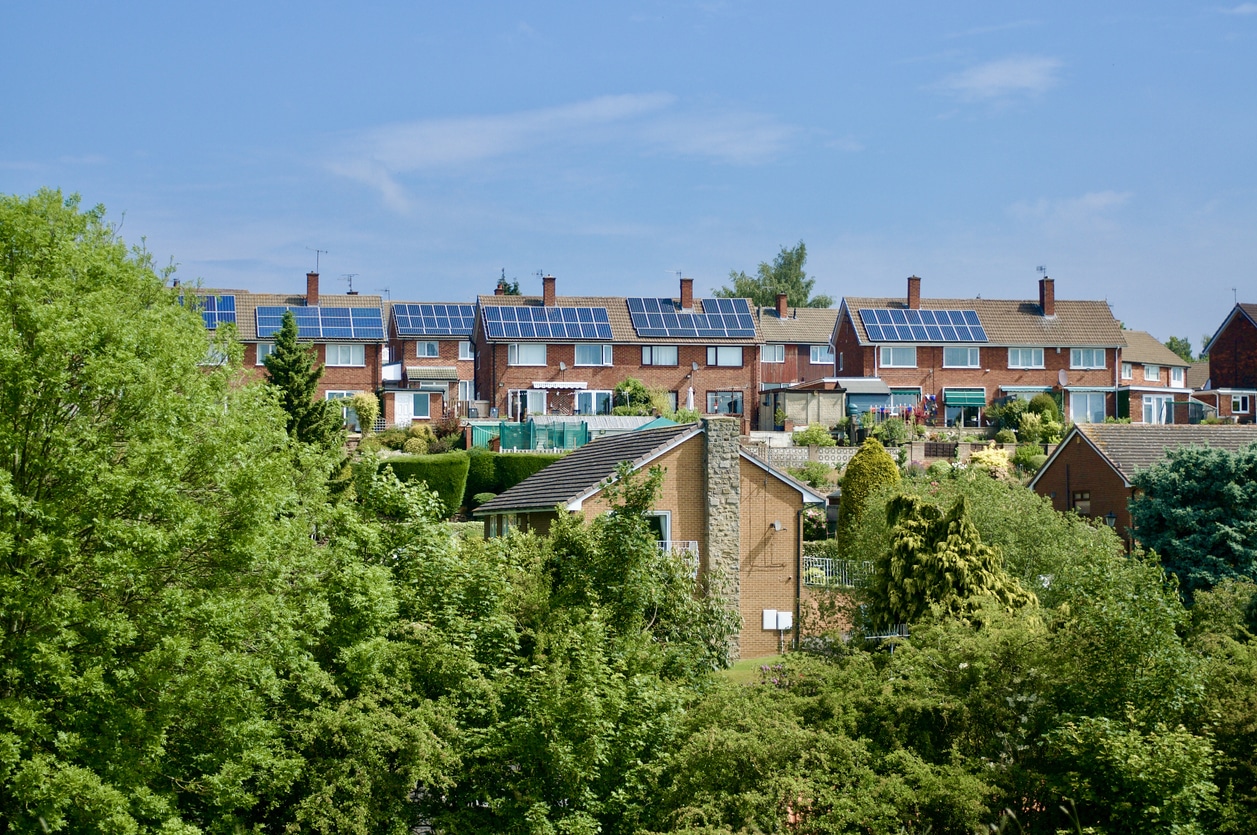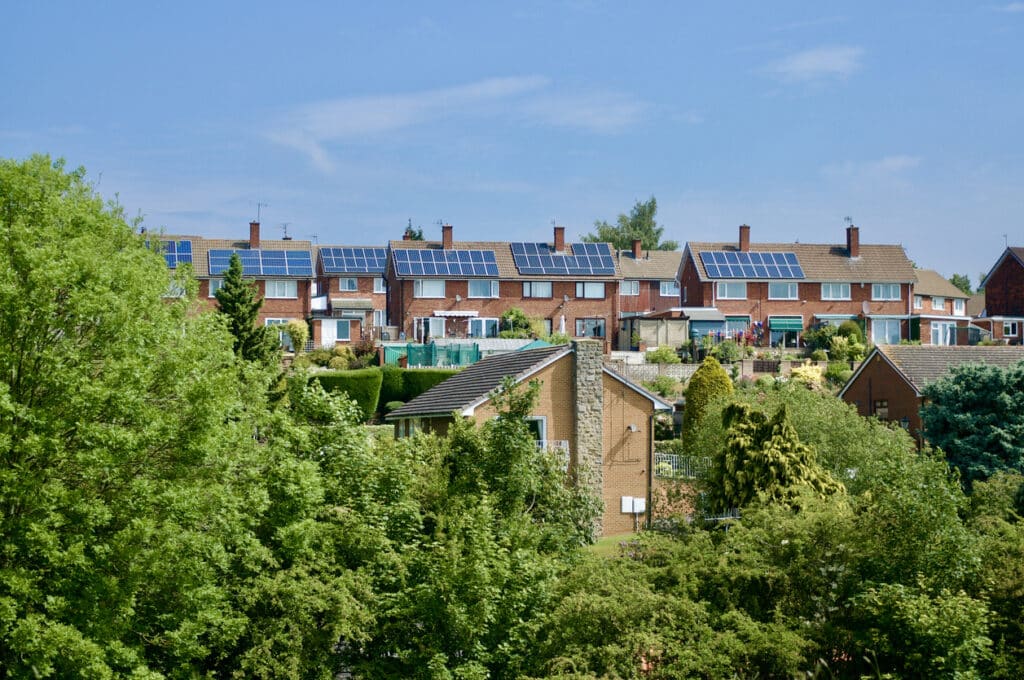
Fossil Fuels vs. Renewables: Economic Trade-offs in Energy Transitions
The energy landscape needs sustainable power sources to usher it into a new era. Heated economic debates surround green energy sources and whether they’re actually more affordable than fossil fuels. Discover the truth behind the economic trade-offs and gains involved in energy transitions.
The Challenges of Overcoming Fossil Fuels
Fossil fuels have several indisputable advantages. You can access them easily because existing infrastructure is built for them. They are relatively reliable, energy-dense and compatible with almost everything in and around your home. Additionally, some families rely on jobs with coal or natural gas companies for financial stability.
These links demonstrate how connected fossil fuels are to culture, politics, technology and the economy. Communities must throw out these foundations and establish new ones with sustainable alternatives, but it’s a time-consuming effort often met with resistance.
The only way to ensure a smooth transition is by making green power the objectively better financial choice. However, in 2023, 60% of U.S. electricity still came from fossil fuels, meaning there is still a lot of work to do.
There are complex economic considerations. You could see community members lose their jobs, causing socioeconomic disparities. These financial changes could make it harder for some people to obtain health care or retire stably. Fortunately, renewable employers are making a strong case to convince legacy energy staff to transition to green work.
The Rise of Renewables
Analyses show the planet is spending nearly double on green power compared to fossil fuels, totaling over $3 trillion for the first time in history. This trend suggests it is a good time to invest in greener energy sources. However, it could take years to feel the benefits consistently. Up-front costs are still notable, discouraging immediate action.
Most of these efforts are in solar power and grid upgrades to facilitate renewable integrations. Your community may have a solar farm or microgrid setup because of these continued investments. Wind power, hydroelectric, geothermal and biomass are also seeing an upswing because of their emission-reduction potential and lower pollution rates.
As installed capacity doubles, prices lower by the same percentage. This means more renewable energy around you equates to cost dips for the entire nation. Environmental policy is a primary driver of adoption, though rollbacks on climate commitments may cause intermittent progress in the green power build-out.
The Economic Trade-offs and Considerations
These are the major influences people consider when analyzing the economic stability and trade-offs in energy transitions of renewable energy versus fossil fuels.
Infrastructure
Renewable energy provides a greater energy mix compared to fossil fuels. The structural versatility gives it a chance to fit into nearly every geography and climate based on what is most cost-effective and available. It gives infrastructure builders flexibility to choose what makes the most financial sense on a project-by-project basis. If your region doesn’t have long enough days to support solar farms, for example, it could capitalize on nearby waterfalls for expanded hydropower.
Structural experts, architects and engineers will have to pay for repurposing defunct fossil fuel operations. Old coal and natural gas plants need to be retrofitted to support a circular economy and make use of existing buildings.
This is most expensive with nuclear power because of the hazardous waste. Decommissioning projects have minimal regulation, making them take a long time. Therefore, economic benefits are more certain with stricter regulatory oversight and improved policymaking.
Social Impacts
Climate injustice is rampant because of fossil fuels. Corporations pollute and exploit lower-income and marginalized communities, whereas renewable energy could potentially deliver energy equity to more people. For example, some homes have antiquated gas stoves instead of electric ones, increasing the chances of carbon monoxide poisoning and other health ailments. Renewable energies would empower struggling neighborhoods with more affordable utilities and reduce socioeconomic gaps.
Labor Changes
Fossil fuel laborers will need upskilling to adapt to renewable energy jobs. A gradual, systems-based approach with government support is the best way to provide consistent education and ensure employment. The sector could have 38.2 million employees by 2030 thanks to new opportunities from integrating renewable energy.
Investments, Policy and Incentives
Governments are essential in funding and advertising renewable energy opportunities for the average citizen. Notably, they are responsible for conveying their affordability by providing subsidies, tax incentives, rebates and additional aid to make it realistic for as many individuals and businesses as possible to adopt renewable energy.
Agencies can create carbon pricing systems to gain more financial wins from energy transitions and fight against government-provided subsidies for fossil fuels. As up-front costs accumulate, carbon taxes can help fund expansion while disincentivizing fossil fuel investments.
A Worthy Trade
While employment and convenience may make the price of fossil fuels attractive to some, renewable energy’s economic benefits outpace the benefits of fossil fuels in the long term. More jobs will open, prices will lower and infrastructure will adapt. Additionally, nations will have to pay less in mitigating climate change and removing pollutants after energy transitions are complete. Even if the trade-offs seem significant now, they will likely become a memory in the near future.




Post a comment